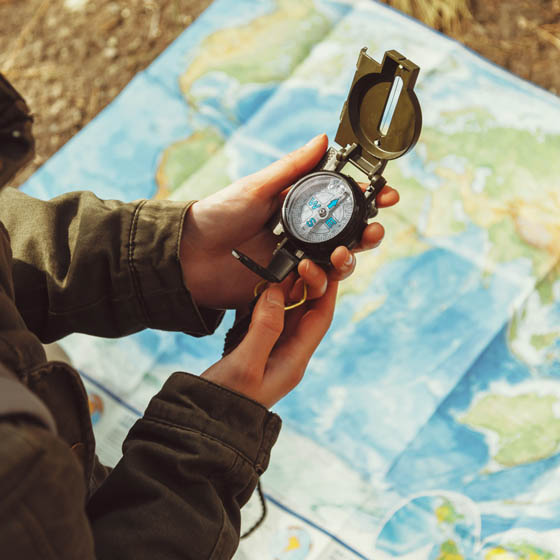Top tips to set you on the road to net zero
What does net zero actually mean?
The UK Government has pledged to achieve ‘net zero’ by 2050. That means that all the greenhouse gases (GHGs) emitted by human activity will be matched by removing the same amount from the atmosphere. In order to achieve this, it is introducing legislation to ensure that every organisation and household in the UK contributes to the pledge by encouraging greater energy efficiency and biodiversity.
TIP: It is becoming increasingly incumbent upon all organisations to have a net zero strategy for both regulatory and reputational reasons.
Net zero goes beyond carbon neutrality
While carbon dioxide (CO2) is the most prevalent GHG (volumes emitted into the atmosphere have double since the start of the Industrial Revolution), the greenhouse effect which causes global warming is also contributed to by gases like methane and nitrous oxide. Cattle and rice farming and landfill sites are big methane producers. The production and use of fertilisers releases nitrous oxide.
TIP: Quick wins for reducing your GHG footprint are increasing your energy efficiency, recycling more of your waste and consuming less fast food.
It's not just about fossil fuels
Natural environments, particularly forests, are essential for controlling the greenhouse effect by absorbing CO2 from the atmosphere and turning it into oxygen (known as sequestration). We can tackle climate change and promote biodiversity by restoring these landscapes (eg planting trees), which have been depleted to make way for heavy industry, transport and intensive farming.
TIP: Our net zero feasibility study for the Church of England showed that the bulk of environmental funding is going towards biodiversity projects, so build this into your net zero strategy.
Timing is everything
If it’s not yet practical to generate your own energy, eg through solar panels, you can still reduce the ‘carbon intensity’ of the energy you use by buying it from renewable sources (solar, wind, hydroelectric, biomass). That means planning when you use energy to coincide with when these renewables are plentiful (ie when the sun shines and the wind blows). The National Grid calculates that, if one million people switched to using their washing machine when their electricity was produced by renewables, it could save 76,650 tonnes of CO2 each year – the equivalent of taking 36,500 cars off the road!
TIP: National Grid’s WhenToPlugIn app that tells you when renewable energy will be most plentiful in your area.
ABOUT TIM GLYNNE-JONES
Tim Glynne-Jones is a copywriter and author who runs the not-for-profit live music events organisation New Music Nights as a volunteer. He works mainly in marketing and non-fiction book publishing and is responsible for content at Action Planning.

Strategic Planning & Business Planning
Plot your course. Whether an organisation is preparing for launch or is in need of fresh impetus, our strategy development skills will help to establish a robust, future focused and sustainable plan for the organisation as a whole – including and integrating the strategies for marketing and fundraising.
Get in touch
Do you want to hear more about our Strategic and Business planning services? Leave your details below and we'll be in touch.


